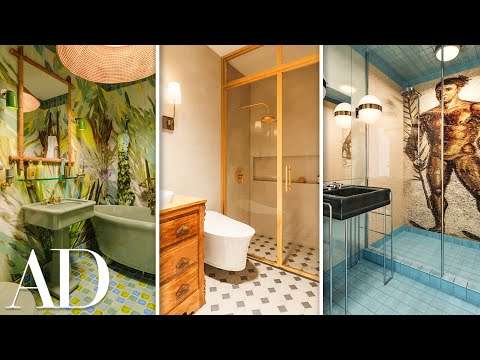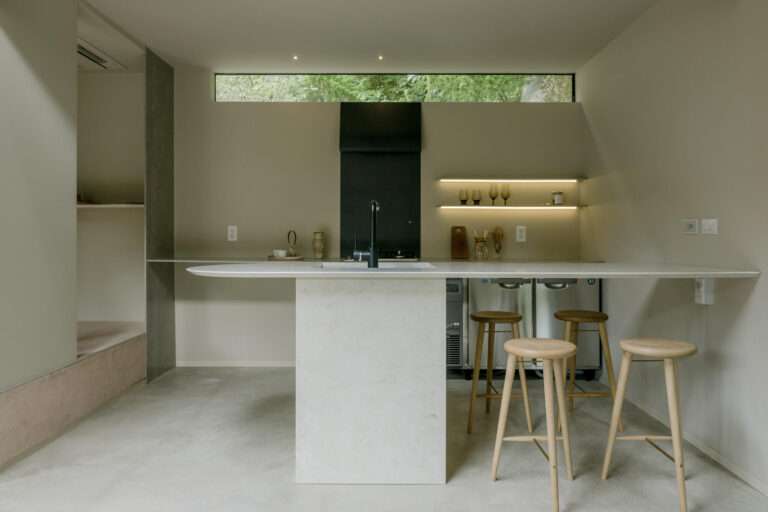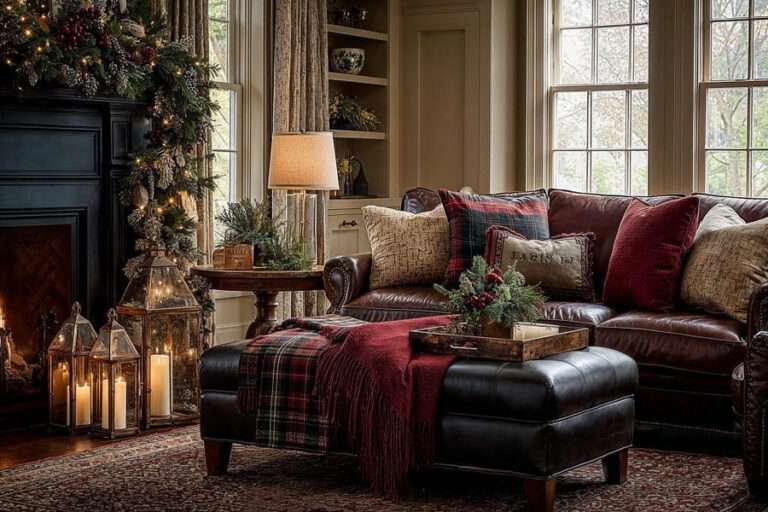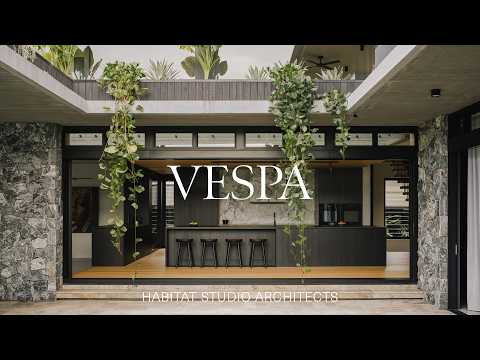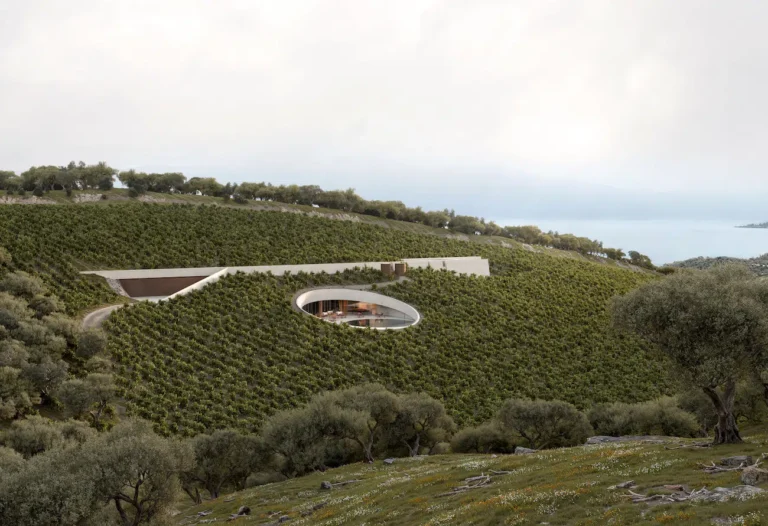On Waiheke Island, New Zealand, an architect designs a hidden home. Offering a distinctive New Zealand experience, Mawhiti House was created for two sisters who were in search of a unique holiday dwelling where they could peacefully retreat to. A place of restoration and rejuvenation, an architect designs a hidden home that evokes a sense of calm. Built on an expansive plot of land, the Mawhiti House is surrounded by native bushland along with expansive views of the ocean, which can be accessed from the kitchen, bathrooms and living spaces within. Stephens Lawson Architects has designed the form to feel welcoming to the owners and their guests all year round. As seen in the house tour, Mawhiti House combines utility with a deep spiritual atmosphere. Another inspiration for the design was the idea of a rural barn.
Accompanying the Waiheke Island residence is a gateway pavilion, a structural addition that is made out of timber and enhances the living experience. Formed out of raw, natural pieces of wood, the structure offers a unique way to experience the surrounds of Waiheke Island. The house tour also reveals that the home and pine wood gateway are in constant dialogue with each other through the triangular forms and materiality of the timber architecture. Broken into three pavilions, the dwelling is spread across the site and seamlessly blends into the landscape as if it has always been a part of it. Between the pavilions are micro courtyards positioned off the bathrooms. As an architect designs a hidden home, each courtyard is differentiated from one another to enrich the experience of the owners and their visitors alike. For example, one courtyard features a Japanese-style bath, which is then complemented with extraordinary views of the surroundings.
For the interior design and architecture of the home, the architect has imbued a soulful feel through tactile and earthy materials. Avoiding the use of shiny and reflective materials, the architect ensures the occupants feel a sense of restoration instead through warm pine ceilings and burnished concrete floors. The house tour unveils walls lined in a pale white hue, enhancing a soothing and restorative atmosphere. With expansive views of the New Zealand surrounds, the abode’s interior design, spanning from the kitchen to the to the bedrooms and bathrooms, is crafted to facilitate moments of relaxation. An architect designs a hidden home to provide inhabitants with a secluded sanctuary for solitude and retreat.
00:00 – Introduction to the Hidden Home
00:43 – Designed for Two Siblings
01:49 – The Form of the Home and its Influence
02:28 – The History of the Gateway Pavilion
03:31 – In Conversation with the Home and the Landscape
04:00 – The Layout of the Home
04:45 – Incorporating A Soulful and Earthy Feeling
05:36 – Proud Moments
For more from The Local Project:
Instagram – https://www.instagram.com/thelocalproject/
Website – https://thelocalproject.com.au/
Print Publication – https://thelocalproject.com.au/publication/
Hardcover Book – https://thelocalproject.com.au/book/
The Local Project Marketplace – https://thelocalproject.com.au/marketplace/
To subscribe to The Local Project’s Tri-Annual Print Publication see here – https://thelocalproject.com.au/subscribe/
Photography by Sam Hartnett.
Architecture by Stevens Lawson Architects.
Build by Tomik Architectural Builders.
Landscape by Jared Lockhart Design.
Engineering by Sullivan Hall.
Joinery by APL Window Solutions.
Artwork by Anton Forde.
Filmed and Edited by Cadre.
Production by The Local Project.
Location: Waiheke Island, New Zealand
The Local Project acknowledges Māori as tangata whenua and Treaty of Waitangi partners in Aotearoa New Zealand. We recognise the importance of Indigenous peoples in the identity of our respective countries and continuing connections to Country and community. We pay our respect to Elders, past and present, and extend that respect to all Indigenous people of these lands.
#HiddenHome #NewZealand #TheLocalProject
